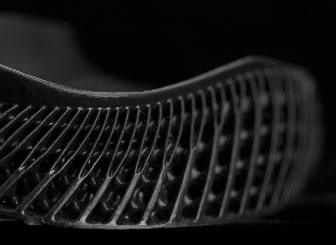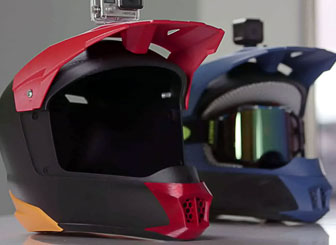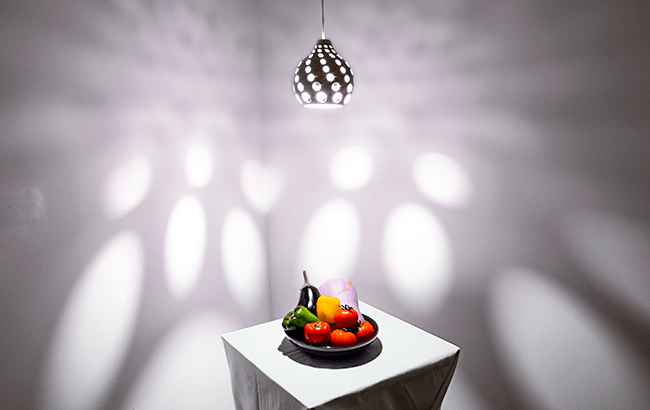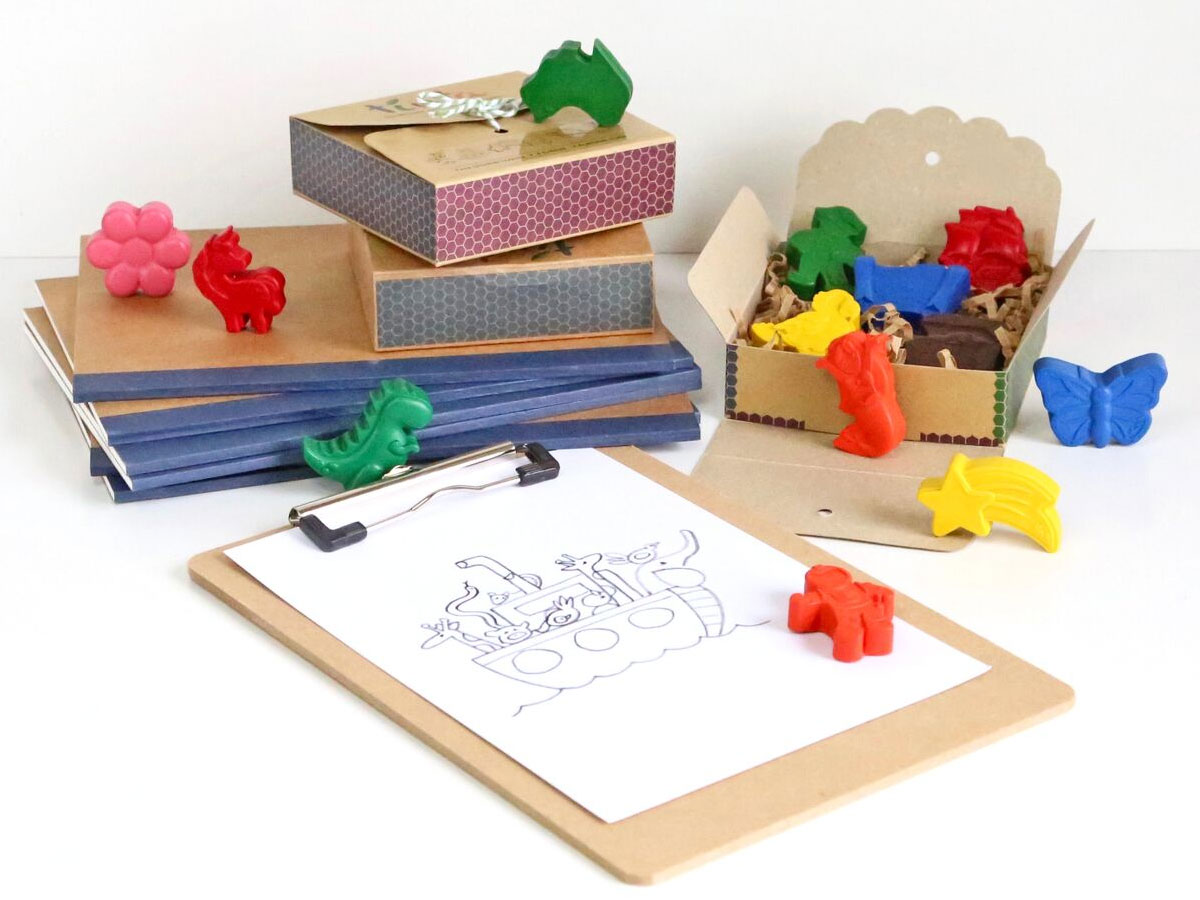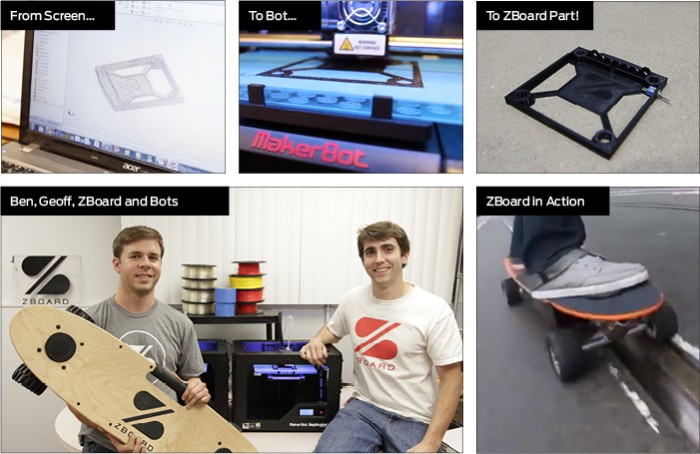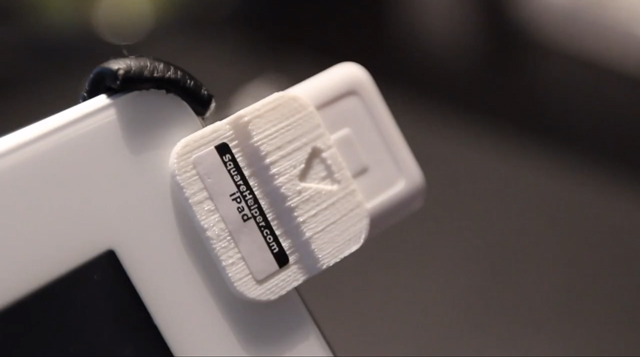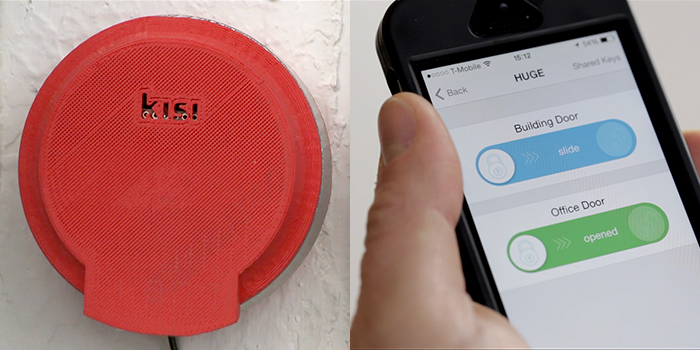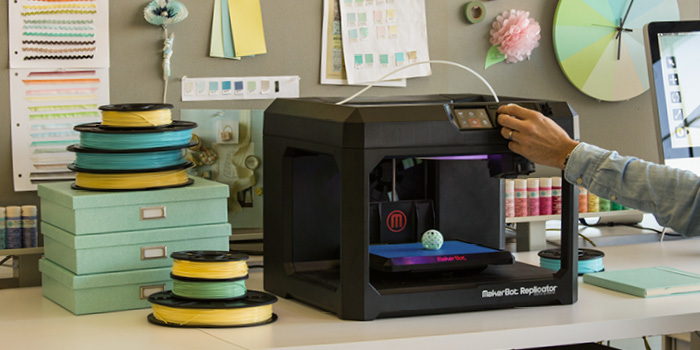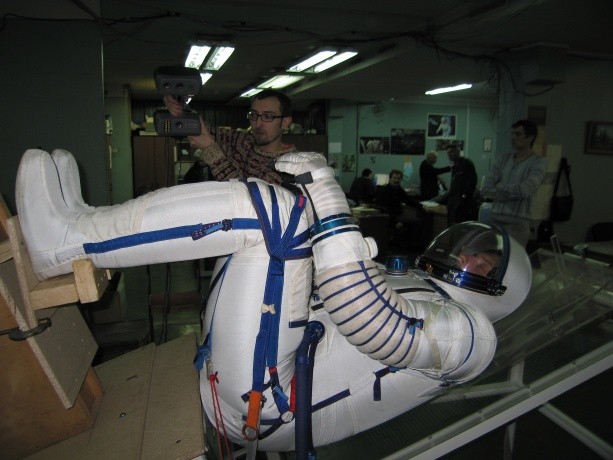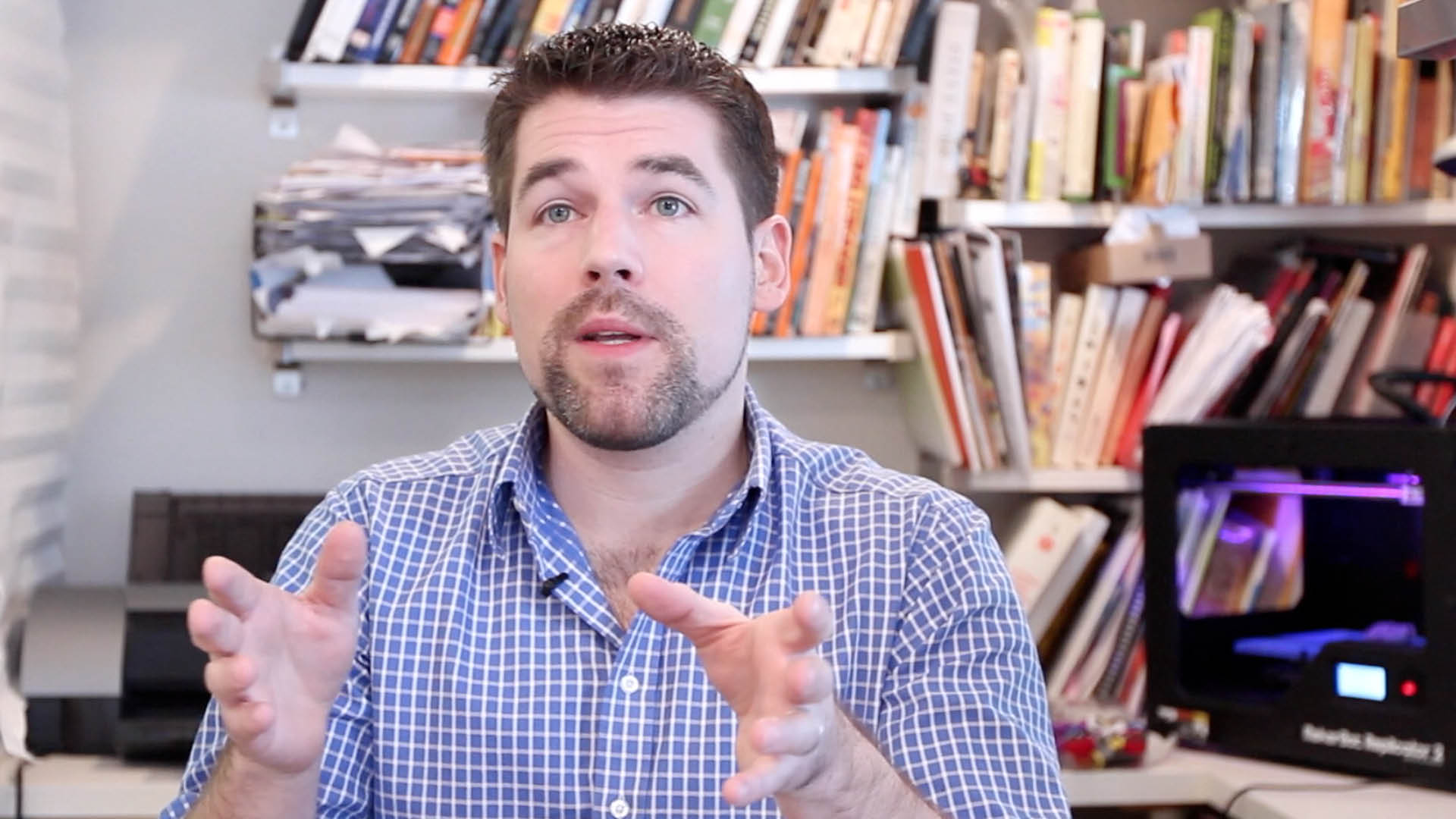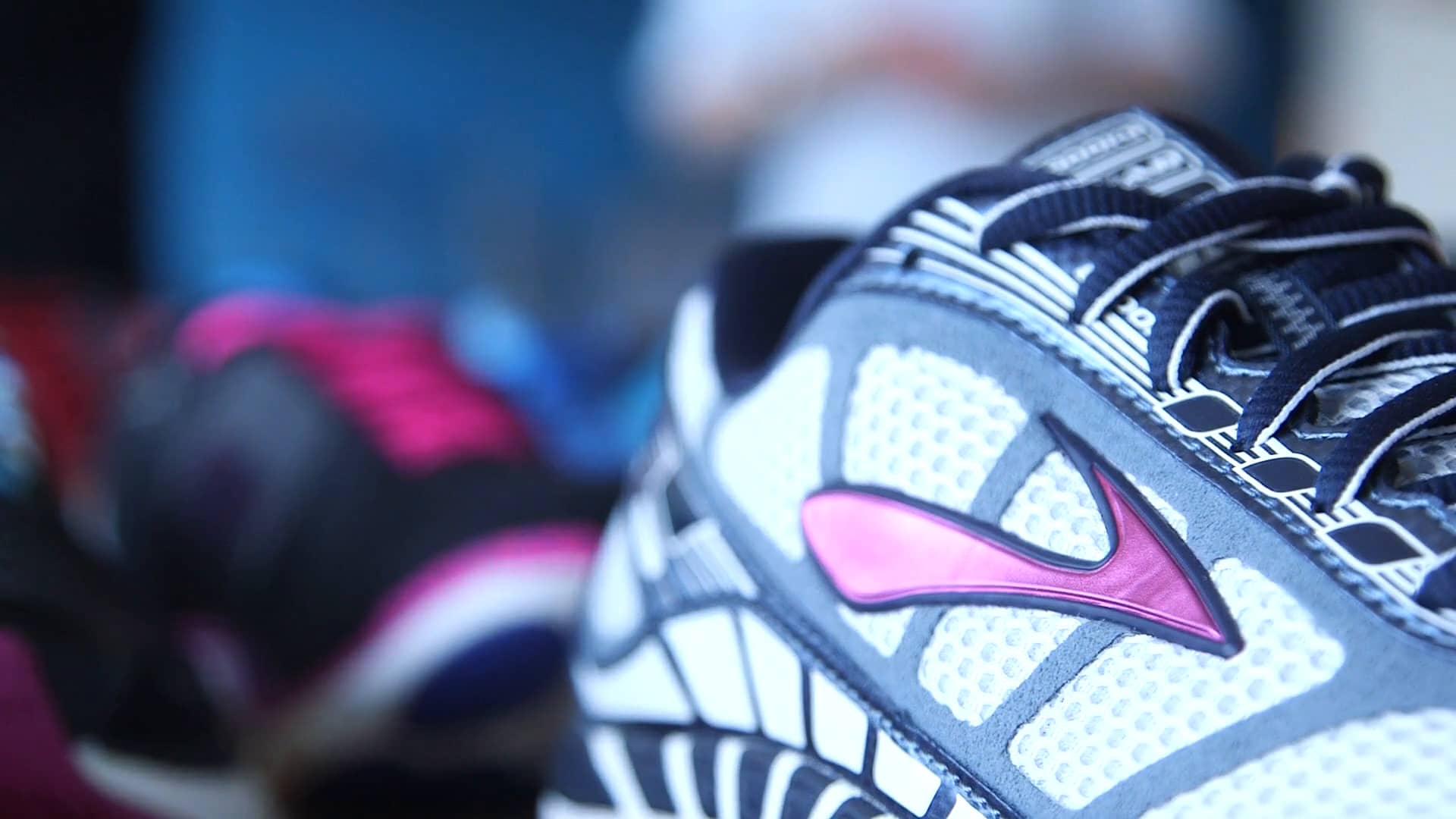Products and Services Used
Summary
Kisi is a startup that turns your smartphone into a keycard and lets you send keys over email with more security and flexibility than, say, leaving a spare key under the flower pot. Kisi began in Munich, Germany is now based in Brooklyn, NY.
Kisi is a startup that turns your smartphone into a keycard and lets you send keys over email with more security and flexibility than, say, leaving a spare key under the flower pot. Kisi began in Munich, Germany is now based in Brooklyn, NY.
Kisi uses a MakerBot Replicator 2 Desktop 3D Printer to prototype its hardware rapidly along with its software. Kisi also produces the housing for its devices on a MakerBot Replicator 2 Desktop 3D Printer. 3D printing allows Kisi to continue improving their devices based on real-world feedback from customers.
A few years ago, people on the go would carry maps, a camera, a Walkman, newspapers, magazines, maybe a book or a electronic game. All these are now contained in your smartphone, often with extra powers. But everyone still carries keys in their pocket or purse.

The name “Kisi” combines the words “key” and “easy.” Like many services that are easy to use, there’s a lot going on behind the scenes: cloud-based software that manages access to your home, office, or secret clubhouse; a smartphone app that functions like a key; and a wall-mounted device that communicates wirelessly with the smartphone app. Unlike traditional keycard systems, which require swiping outside a door with restricted access, Kisi’s device goes on the inside.
To house the electronics in the device, Kisi began with an off-the-shelf rectangular box, but soon started making cases on a MakerBot Replicator 2 Desktop 3D Printer. “The MakerBot allows us to make more freeform shapes,” says Bernhard Mehl, a Kisi co-founder. It also allowed Kisi to prototype its hardware rapidly along with its software, making a new design every month:

Kisi also uses a MakerBot Replicator 2 to manufacture parts for the housings, which combine PLA filament with aluminum and laser-cut wood. “For us, it’s a lot more affordable and a lot more convenient to produce locally,” says Mehl. He and co-founder Maximilian Schütz solder circuit boards and assemble Kisi devices at a Brooklyn incubator run by NYU Polytechnic School of Engineering.
3D printing allows Kisi to continue improving their devices based on real-world feedback from customers. (In the video, Mehl visits the New York office of Huge.) With other manufacturing methods, Mehl says, altering your design once you’ve gone into production means “you would have to build a new tool, and it costs a lot of money. So you’d say, ‘I’d rather accept the bad design than change it.’” With the MakerBot Replicator 2, Kisi does not have to make that compromise. Also, they can meet special requests: “If the client wants pink, we do pink.”
Mehl studied product design back in Germany, and had access to high-end 3D printers at his university. But he had to sign up for a half-hour slot in advance, and printing was expensive. Now, he says, “I just have an idea and I go ahead and build it.”



